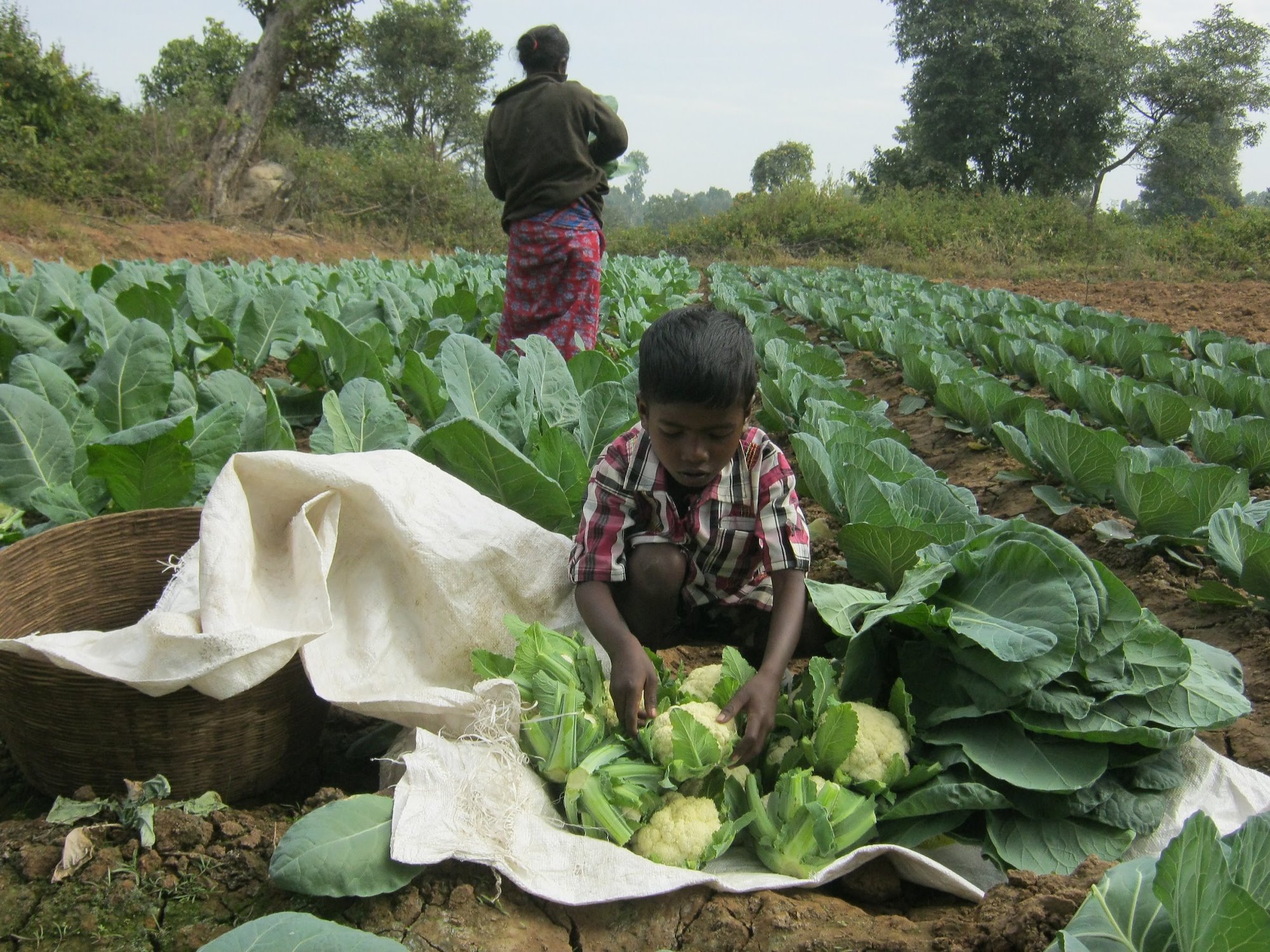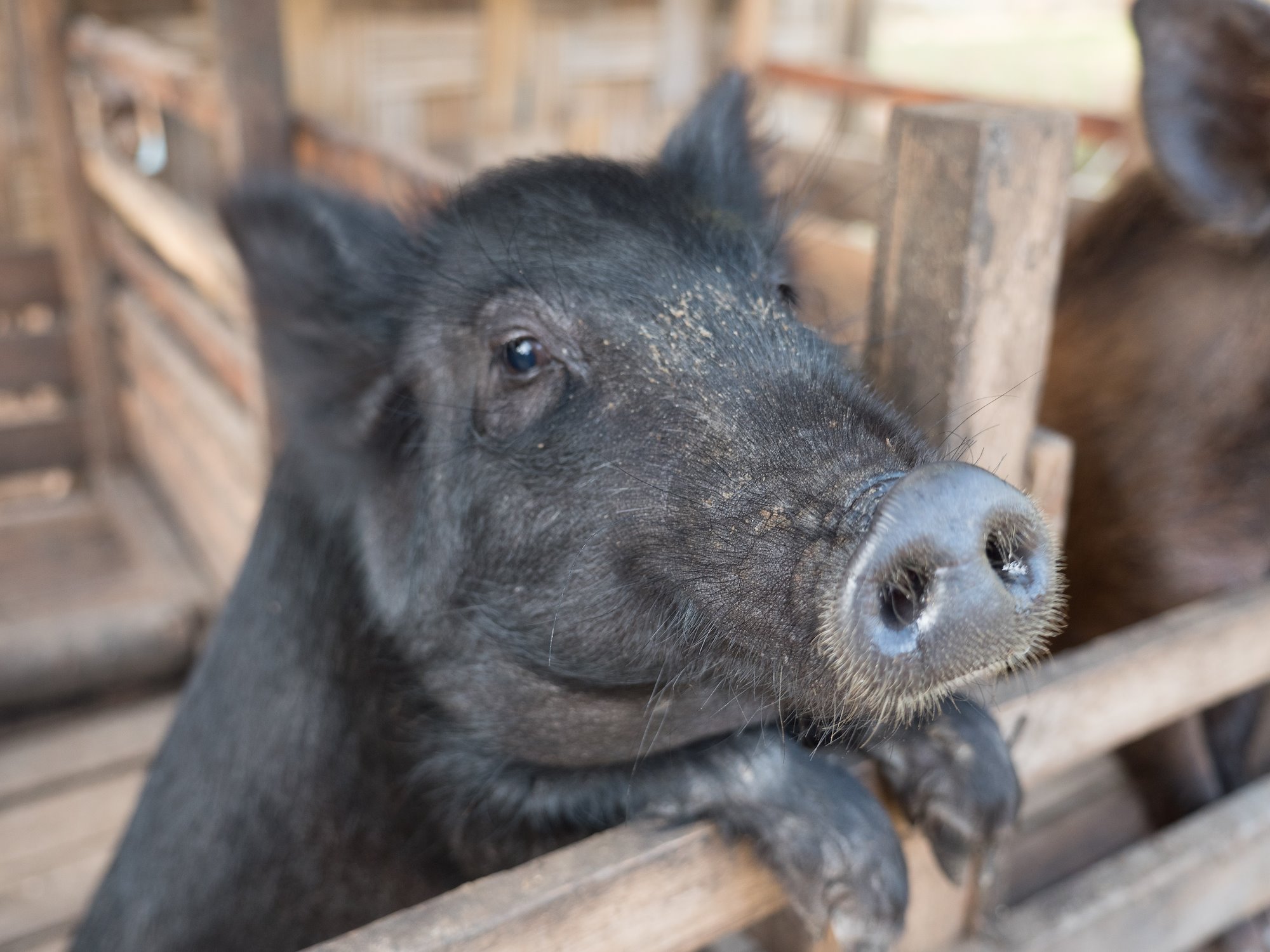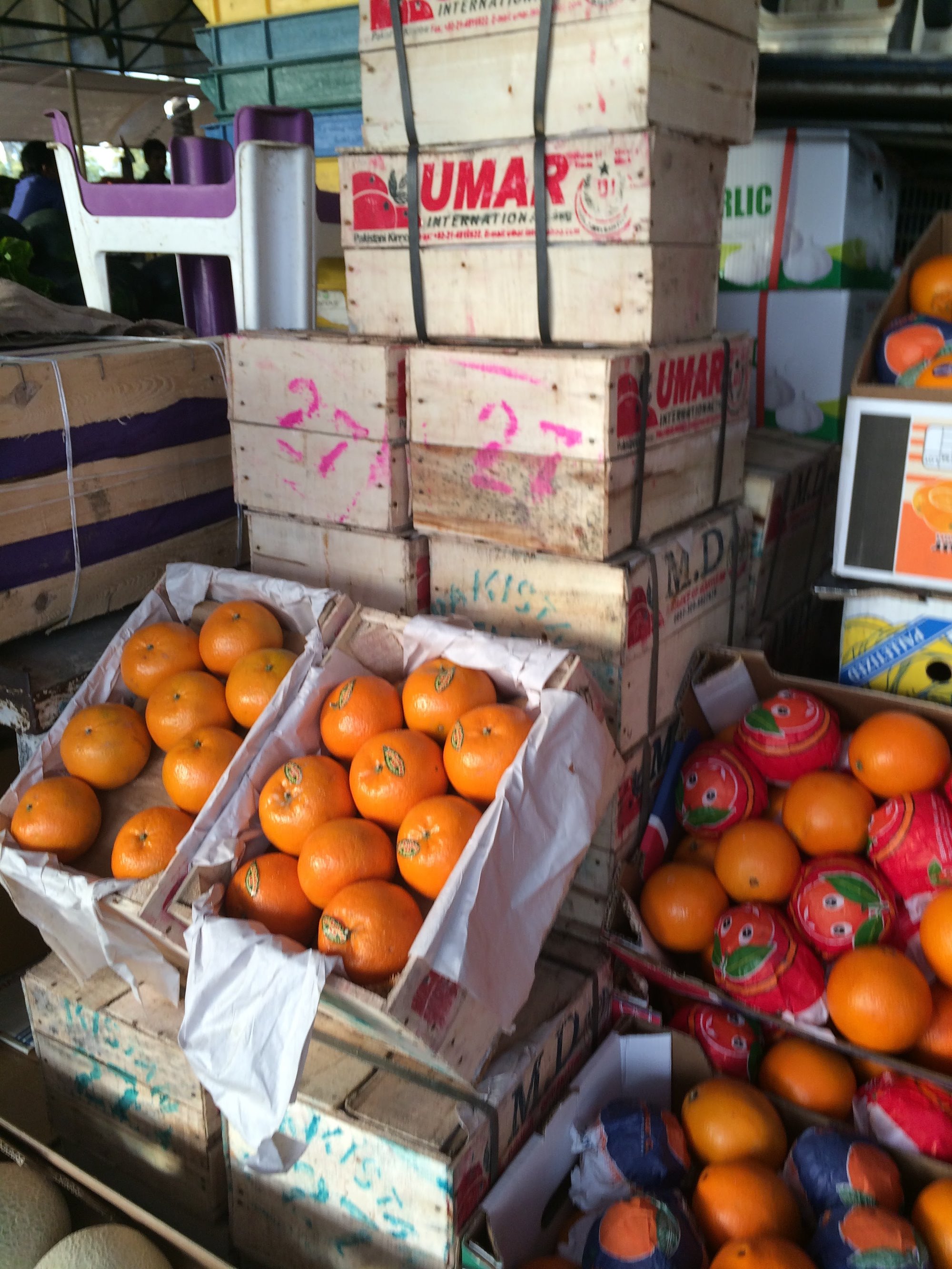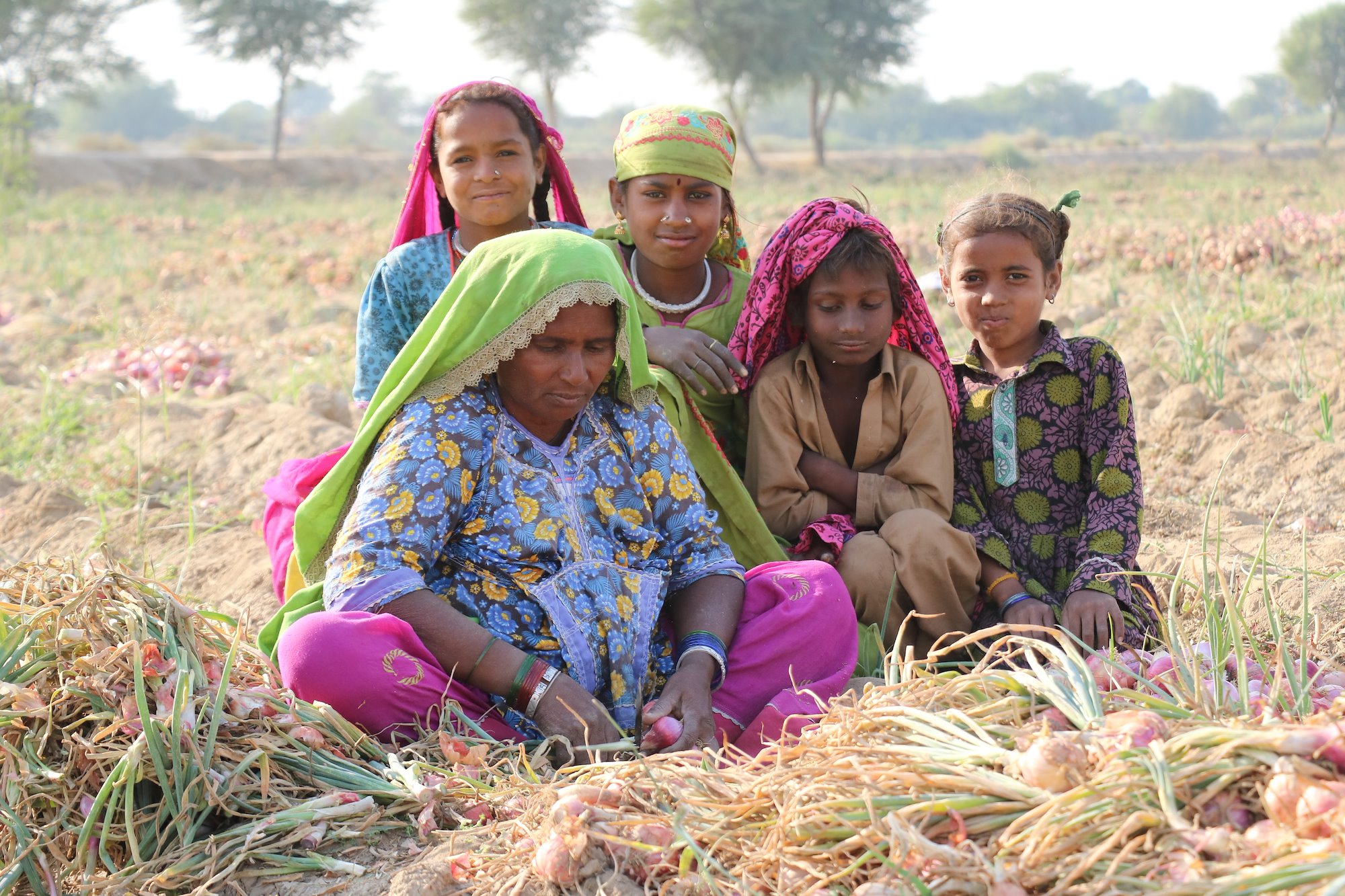- HomeHome
-
About ACIAR
- Our work
- Our people
-
Corporate information
- ACIAR Audit Committee
- Commission for International Agricultural Research
- Policy Advisory Council
- Agency reviews
- Executive remuneration disclosure
- Freedom of information (FOI)
- Gifts and benefits register
- Information publication scheme
- List of new agency files
- Contracts
- Legal services expenditure
- Privacy impact assessment register
- Commonwealth Child Safe Framework
- Benefits to Australia
- Careers
- 40 years of ACIAR
-
What we do
- Programs
- Cross-cutting areas
- Resources
- Where we work
-
Funding
- Research projects
- Fellowships
-
Scholarships
- John Allwright FellowshipScholarships to study in Australia for ACIAR partner country scientists to have Australian postgraduate qualifications
- ACIAR Pacific Agriculture Scholarships and Support and Climate Resilience Program
- Alumni Research Support Facility
- Publications
- News and Outreach
Date released
29 November 2017
Winner - Best Photo
“This is Rani Hansda standing in front of her tomato field with a divine smile conveying joy, determination and a dream for a better life.” Arnab Chakraborty Women in the Bankura district; West Bengal, India face patriarchal discrimination and were rarely identified as `farmers’ until PRADAN, a national NGO, worked with them on an ACIAR project. A new variety of tomato has given these poor women hope.
Winner - Farm to Market
“Young Baldaive sitting on bunches of onions he and his family harvested. After school he works with his family in the onion fields. “Baldaive dreams of becoming a government employee so that he and his children might be prosperous... leaving behind this tiring work. I am inspired by his dreams and wish him all the best for the future.”
Winner - Climate Change & Natural Resource Management
Peter Kuniu spears a rabbitfish in Lau Lagoon, Solomon Islands. Rapid population growth, increased connections to global markets and climate change threaten the sustainability of coastal fisheries in the Pacific. ACIAR is building the capacity of regional institutions, national governments & rural communities to manage marine resources to ensure they remain sustainable.
Winner - Crop Systems and Horticulture
The hard work of producing and harvesting shallots generates income for smallholder farmers as an alternative to their usual rice crop. But excessive applications of agrochemicals makes their work less profitable, and dangerous to their health and environment. ACIAR’s projects are helping them to find better ways to manage pests and diseases, and to rationalise their use of chemical ‘inputs’.
Winner - Livestock
An ACIAR project in Indonesia investigated more efficient ways to feed livestock. Rice straw and other crop residues would be fed to cows with low energy requirements, while good quality feed like tree legumes would be saved for young animals and growing or fattening bulls. With a small amount of supplementation, cows can maintain weight and condition on a rice-straw based diet.
Winner - Fisheries and Aquaculture
A group of fishermen on the Bay of Bengal in West Bengal, India.
Winner – People’s Choice Award
A villager with his morning catch in Gally Reach, Papua New Guinea.
Winner - Women and youth in Agriculture
Careful deliberation when piloting a household cattle survey in Ya Thar Village, Central Dry Zone, Myanmar Dr Bo Hein, University of Veterinary Science tutor (left), Masters student, Yadana Amh (right), and Dahat Pan Project junior scientist Ei Phyu (centre) piloting a household survey of cattle farmers participating in ACIAR’s Longitudinal Monitoring of Cattle Production in the Central Dry Zone Project.
Fruitfly on mango in Java, Indramayu, Indonesia. Fruitflies cause enormous damage to mangoes (and many other fruits and vegetables), in Australia, Indonesia and around the world. By understanding their ecology and behaviour, researchers can devise new ways to reduce their populations (using traps that exploit the flies’ food and mate finding behaviour; removing alternative breeding sites etc) in an approach known as ‘area-wide management’.
Dr Tahir Khurshid, Project Leader for the ASLP Citrus Project from the NSW Department of Agriculture, explains soil profiling to Ms Naeema and Ms Hajra during a practical irrigation for horticulture training session.
Researchers depart for a morning’s fisheries research in Galley Reach, Papua New Guinea.
Women smallholder farmers are trained to diagnose sub-clinical mastitis and help prevent dairy animal diseases.
Agriculture research, education, crop diversification and efficient water use are changing Hemlata Mandi’s life. Mono-cropped, rain-fed, transplanted rice paddy doesn’t provide enough food, nutrition or income. The adoption of double cropping, short duration paddy followed by a low water requirement winter vegetable crop provides Hemlata with a diverse diet, the ability to earn a higher income, and a chance to overcome poverty.
Pigs are a vitally important part of the economic and cultural life of villagers in Papua New Guinea.
Strawberry picking season in Myanmar. Even the youngest family members get involved.
Citrus is Pakistan’s largest fruit industry and the Kinnow mandarin is the most popular, and over two million tonnes are produced annually. About one-third of the crop is never consumed, due to failings on-farm or after harvest. ACIAR projects are delivering technical solutions and research to investigate market conditions in Dubai, where Kinnow is shipped in both old-style timber crates and modern cartons.
Mango trees in Myanmar after painting with lime cream.
Sea cucumber fishers with their catch in Vanua Balavu, Fiji.
A young boy from the village of Limanak (Tigah Islands, Papua New Guinea) holding a hatchery-bred sandfish (sea cucumber), part of a Papua New Guinea mariculture project.
Chandan Mai has worked in these onion fields for more than 35 years. Here she is surrounded by her grandchildren. She is hopeful that her family will earn a higher income from their onions with help from ACIAR. Chandan Mai believes agricultural research and development will provide a brighter future for her grandchildren.
Women farmers spread rice husks to be dried on a concrete platform.
Catherine and Syrilia sort the daily catch in the Lau Lagoon on Malaita. Fish are critical for the food security of coastal people in Solomon Islands. Research is improving our understanding of fisheries as a source of food for vulnerable communities in the Pacific.
Sorting freshly harvested dragon fruit on the outskirts of Ho Chi Minh City, Vietnam.
Women are vital to the production of almost all crops in Pakistan. ACIAR is supporting projects that build women’s knowledge and capacity, helping to increase production and improve livelihoods.
Berina Vhurande, VIRL Microfinance loan beneficiary, in her maize field. Berina Vhurande shows off her lush maize crops that she grows in Mashoko Irrigation Scheme in Bikita district, Masvingo province, Zimbabwe. She has been farming for a living for more than four years now. With irrigation facilities at her disposal, she is able to grow crops all year round. She rotates maize, tomatoes, groundnuts and sugarbeans.




























